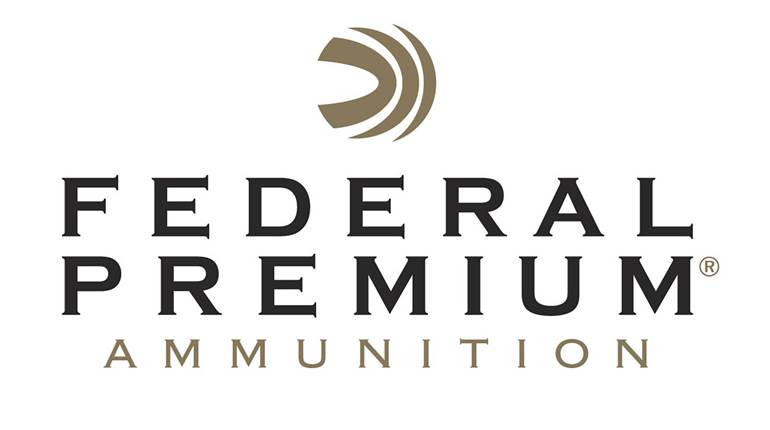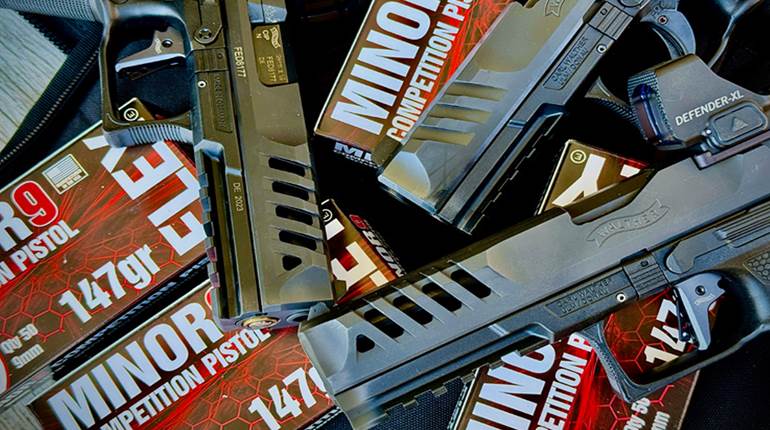Times have changed when it comes to the topic of personal-defense handgun ammunition. It used to be that the only acceptable choices for fight-stopping firepower either started with a “4” or ended in “Magnum”—and sometimes both applied. As well, the adage “they all fall to hardball” used to ring true, and full-metal-jacketed bullets were long considered the most trustworthy fighting projectiles. Like I said, times have changed.
In the past few decades, we’ve learned a lot about the ballistic qualities of bullets fired from handguns, and we’ve changed the standards by which we measure terminal performance. Once, anecdotal evidence—passed along by folks who had “seen the elephant”—was the best and only data available. Today, however, we are at the cutting edge of technology with the ability to test and measure nearly every aspect of a projectile’s flight—from the bullet’s velocity as it leaves the muzzle, to the post-expansion diameter and weight retention when recovered from specially-calibrated ballistic gelatin. Such data has naturally informed ammunition design, and manufacturers today are able to combine components and tweak characteristics to come up ammunition options that provide the best possible performance for specific scenarios. Whether it’s changing out propellants to find an ideal burn rate or designing a brand new bullet with a sophisticated jacket or polymer tip, ammunition makers are capable of creating purpose-built—even boutique-style—projectiles and cartridges to suit any ballistic pursuit.
 Recently, Federal has applied this hard-won know-how to a family of cartridges that, just a few decades ago, was considered revolutionary. In 1989, the company’s jacketed hollow-point Hydra-Shok bullets where seemingly lightyears ahead of the ball and cup-and-core projectiles of the day, and were distinguished by the core’s central post and a specialized jacket designed to “petal” outward during expansion. At their introduction, the Hydra-Shoks were tested by the FBI and proved to be among the best performers with regard to expansion and penetration. Even today, Federal’s Hydra-Shok ammunition is one of the most-used and best-trusted options available to American law enforcement.
Recently, Federal has applied this hard-won know-how to a family of cartridges that, just a few decades ago, was considered revolutionary. In 1989, the company’s jacketed hollow-point Hydra-Shok bullets where seemingly lightyears ahead of the ball and cup-and-core projectiles of the day, and were distinguished by the core’s central post and a specialized jacket designed to “petal” outward during expansion. At their introduction, the Hydra-Shoks were tested by the FBI and proved to be among the best performers with regard to expansion and penetration. Even today, Federal’s Hydra-Shok ammunition is one of the most-used and best-trusted options available to American law enforcement.
 As stated above, a lot has been learned about making ammunition since Hydra-Shok’s debut, and Federal’s Hydra-Shok Deep is a further evolution of that well-proven design. Every aspect of the ammunition has been addressed: From the bullet’s jacket design and construction, to how the jacket engages the core, to the core itself and its reinforced post, to the propellant, case and even the primer. Hydra-Shok Deep was designed specifically with the FBI’s ammunition testing protocol in mind which measures the bullet’s velocity, energy, penetration, expansion and weight retention using calibrated ballistics gel and a gauntlet of barriers ranging from light clothing to automobile glass. In that regard, early testing indicates that the new Hydra-Shok Deep ammunition is surpassing the already-impressive performance of its forebear, with consistent 15” penetration—regardless of the barriers—and reliable expansion. Time will tell if Hydra-Shok Deep supplants its predecessor as a staple in the personal-defense market, but its combination of pedigree and technology make it tough to bet against.
As stated above, a lot has been learned about making ammunition since Hydra-Shok’s debut, and Federal’s Hydra-Shok Deep is a further evolution of that well-proven design. Every aspect of the ammunition has been addressed: From the bullet’s jacket design and construction, to how the jacket engages the core, to the core itself and its reinforced post, to the propellant, case and even the primer. Hydra-Shok Deep was designed specifically with the FBI’s ammunition testing protocol in mind which measures the bullet’s velocity, energy, penetration, expansion and weight retention using calibrated ballistics gel and a gauntlet of barriers ranging from light clothing to automobile glass. In that regard, early testing indicates that the new Hydra-Shok Deep ammunition is surpassing the already-impressive performance of its forebear, with consistent 15” penetration—regardless of the barriers—and reliable expansion. Time will tell if Hydra-Shok Deep supplants its predecessor as a staple in the personal-defense market, but its combination of pedigree and technology make it tough to bet against.

Federal Hydra-Shok Deep
Chambering: 9 mm Luger
Bullet Weight: 135 grs.
Velocity: 1060 f.p.s.
Energy: 337 ft.-lbs.
Also available in .40 S&W (165 grs.) and .45 ACP (210 grs.)


























